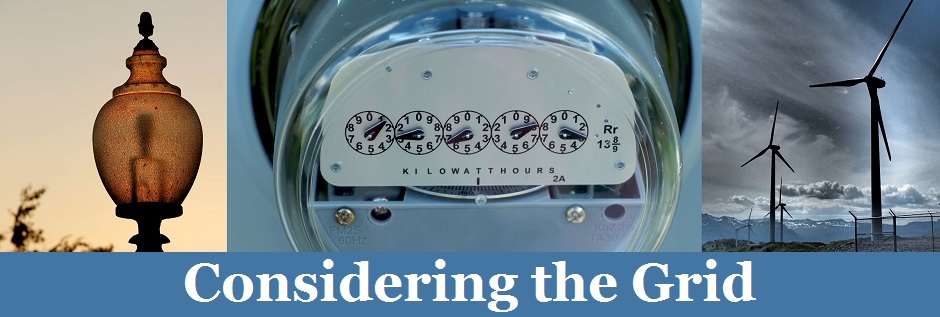On August 22, the Fifth Circuit issued an order granting EPA’s motion to sever and hold in abeyance all judicial proceedings in Southwestern Electric Power Co. v. EPA relating to certain provisions of the Effluent Limitations Guidelines and Standards for the Steam Electric Power Generating Point Source Category Rule (Effluent Rule). While the Fifth Circuit held all proceedings related to the Effluent Rule in abeyance for 120 days this April, its August 22 order severs and holds in abeyance issues concerning the Best Available Technology Economically Available (BAT) effluent limitations and Pretreatment Standards for Existing Sources (PSES).
Published in November 2015, the Effluent Rule sought to update standards and limitations on various combustion waste discharges at steam-electric power plants, and has been subject to several challenges consolidated in Southwestern Electric Power Co. EPA announced that it would reconsider the rule in April 2017, and, in an order issued April 24, the Fifth Circuit granted EPA’s request to hold the rule in abeyance until August 12, 2017. The court also ordered EPA to file a motion to govern further proceedings at the conclusion of the initial abeyance period.
In a letter dated August 11, EPA Administrator Scott Pruitt announced that the agency will conduct a rulemaking proceeding to revise the rule’s BAT effluent limitations and PSES as they apply to bottom ash transport water and flue gas desulfurization wastewater. A few days later, EPA submitted its Motion to Govern Further Proceedings, requesting that the court sever and hold in abeyance “all judicial proceedings as to all issues relating to the portions of the 2015 Rule concerning the new, more stringent BAT limitations and PSES applicable to (1) bottom ash transport water, (2) FGD wastewater, and (3) gasification wastewater.” EPA also proposed to file status reports every 90 days and promptly upon the completion of further rulemaking.
With respect to issues in the Effluent Rule that will not be revised by the rulemaking, EPA proposed that litigation should continue, and that the court should direct the parties to file a revised briefing schedule. The court’s August 22 order grants EPA’s requests, and directs the parties to propose a briefing schedule for the remaining issues within 21 days.

